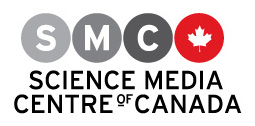Researchers are now able to directly visualize, for the first time, how the ability of airways to deal with inhaled bacteria is impaired in cystic fibrosis (CF) thanks to a new technique.
Previous research has suggested that CF – which is caused by a mutation in the gene for a protein called CFTR – prevents patients from forming the airway surface liquid (ASL) that coats the lungs and traps airborne bacteria. However, this theory has been very difficult to test because the ASL layer is less than a millimetre thick; too small to show up on a normal X-ray.
The new technique uses ultra-bright and sharply focused X-rays from the Canadian Light Source synchrotron to light up the tracheas of pigs. Normal pigs produced extra ASL in response to inhaled bacteria, but those who had their CFTR protein blocked cannot. This suggests that the lung inflammation seen in CF patients is caused by bacterial infections; if these are controlled with antibiotics, it could be possible to keep the lungs of CF patients clear for a longer period of time.
Original research paper published in PNAS on August 18, 2014.
Names and affiliations of selected authors

